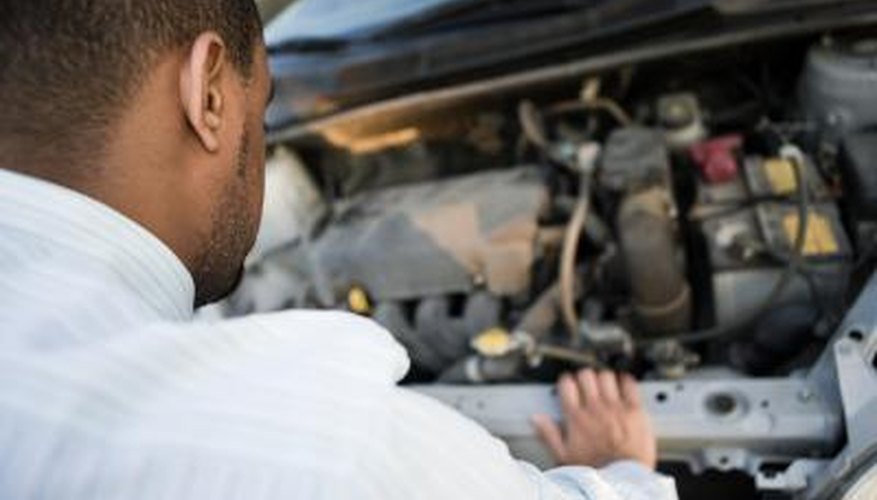The Peugeot 307 HDi models are diesel burning engines equipped with turbochargers that substantially increase engine output. Available in either sedan, wagon or hatchback configurations, The 307 is a relatively compact car, first released in 2001. With many available engine options and smart styling, it became an instant hit with consumers, even making an appearance at the world rally championship where it earned the nickname "flying frog." Tuners quickly began to modify the lightweight 307 with additional bolt-on parts in search of even more power, including a boost controller upgrade which is able to increase the psi the turbo develops.
- The Peugeot 307 HDi models are diesel burning engines equipped with turbochargers that substantially increase engine output.
- Tuners quickly began to modify the lightweight 307 with additional bolt-on parts in search of even more power, including a boost controller upgrade which is able to increase the psi the turbo develops.
Attach one end of the controller (the unit will have two barbed metal ends with a control knob in the centre) to the boost outlet port near the compressor housing.
Connect the other end to the wastegate actuator inlet found on the turbine housing.
Attach the boost controller to the radiator mount away from hot zones such as the exhaust manifold, use zip-ties included in the kit.
Rotate the knob on the controller in a clockwise direction to increase turbo boost, or counterclockwise to lower boost level (start off with very small adjustments in the order of 1/8'th of a turn to determine controller sensitivity).
Accelerate at full-throttle to hit maximum boost and obtain a psi reading on the boost gauge.
TIP
Install an air/fuel gauge and knock warning alarm to help prevent engine detonation. Upgrading the vehicle's fuel system will allow for higher boost levels. Perform all tuning on a vehicle dynamometer, for access to real time data logging and horsepower charts.
WARNING
Vehicle modifications may void your warranty and cause engine damage.
